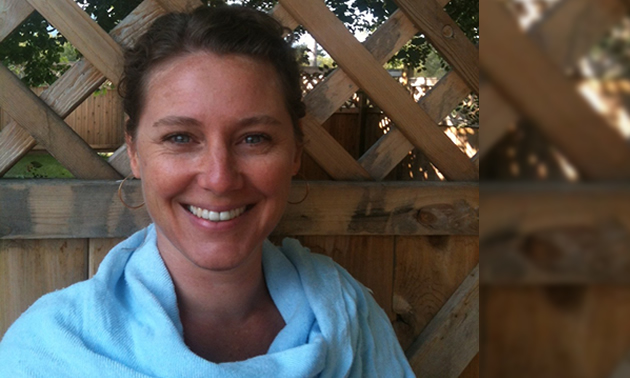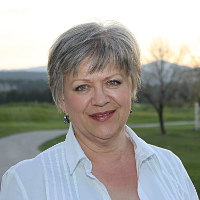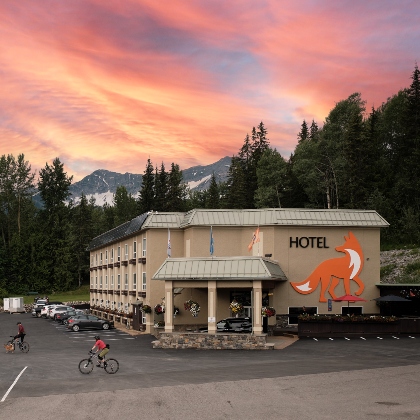Forging connections
The Boundary Country Regional Chamber of Commerce has community groups collaborating with each other

Sarah Winton is executive director of the Boundary Country Regional Chamber of Commerce. Her office is at Community Futures in Grand Forks. — Photo courtesy Sarah Winton
The situation of a having a small population in a large geographic area always posed challenges to the Grand Forks Chamber of Commerce, and when the economy took its downturn five years ago, the chamber struggled. About three years ago, wishing to strengthen support for local businesses while taking into account the area’s unique demographics, the Boundary Economic Development Committee teamed up with Community Futures with the idea of creating a regional chamber of commerce.
Community Futures and the Grand Forks Credit Union provided seed money to the new regional chamber, which transitioned into being in June 2011, and financial support has also come from the electoral district directors, the City of Grand Forks, the Village of Midway and the Southern Interior Beetle Action Coalition (SIBAC).
“With that, we’ve managed to financially survive,” said Sarah Winton, executive director of the Boundary Country Regional Chamber of Commerce.
The attractions of Boundary Country
Winton and her family are relatively new to Grand Forks, moving here from Salt Spring Island, B.C., just four years ago. Small-town lifestyle, good water, amenities for raising children and a beautiful natural setting made Grand Forks a desirable new home for Winton. Her appreciation of these features is her strength in her position with the regional chamber.
“One of the Boundary region’s biggest assets is that it is really under the radar,” Winton said. “We have affordable housing and there are opportunities that you may not have in an area that is saturated. Other areas like Salt Spring are crazy expensive, and the opportunity to start a business or own land is out of reach for the regular person. Here, opportunities for work may be harder to come by, but you can do it if you’re a bit innovative.”
Quietly building connections
Winton spends about 80 per cent of her time doing foundational work for the chamber: finding money, assessing and planning projects, working with publications, answering inquiries, working with designers and creating tourism publications. This is all work that the public doesn’t see but it has the end effect of presenting Grand Forks and Boundary Country as inviting and attractive to anyone looking in on the area.
For example—and Winton acknowledges that this is about as foundational as it gets—she makes a point of responding to her phone messages and emails as promptly as possible. She believes that this small act of respect for the caller and their interests has valuable results.
“When they are treated with respect,” she said, “then people—whether they’re local or from somewhere else—feel that they have an identity in this community. They feel connected to it, and they care about it just a little bit more.”
It is Winton’s conviction that when she is able to facilitate that sense of connection between individuals or among the region’s groups, she has done her job.






Comments